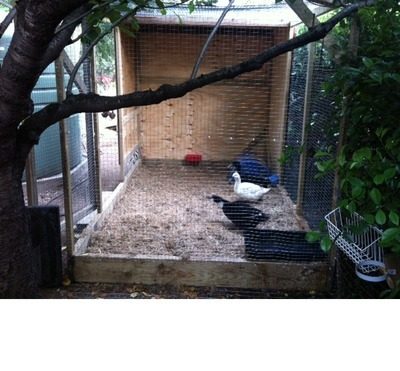- Mar 16, 2012
- 58
- 1
- 39
I know the chicken folk are all over this. But how about duck folk? seems like there's a little mention of it over here but not much. Is it the water/pool issue that makes it trickier? Are ducks just too messy for this to be feasible or do some of you do it? Pros? Cons?
Is it for just the pen or the house or both?
And if you're going to do DLM how do you have to design your house/pen to accomodate it?
(anyhow, yeah i've been lurking and now I'm suddenly question girl!)
Is it for just the pen or the house or both?
And if you're going to do DLM how do you have to design your house/pen to accomodate it?
(anyhow, yeah i've been lurking and now I'm suddenly question girl!)






